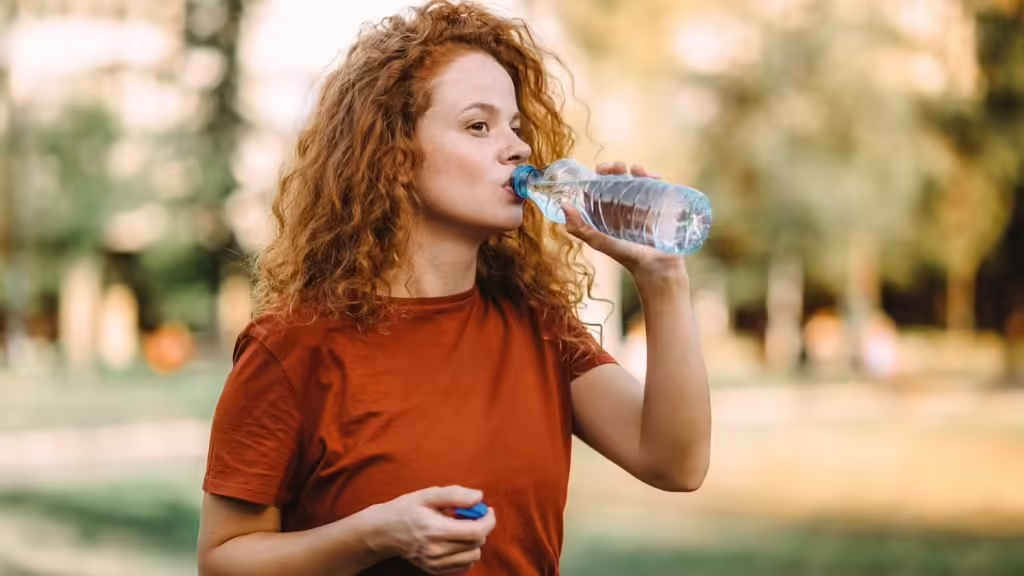**New Study Shows Drinking from Plastic Bottles Can Raise Blood Pressure Due to Microplastics in the Bloodstream**
**In Short**
– **Microplastics in Plastic Bottles Linked to Increased Blood Pressure**
A new study suggests that microplastics from plastic bottles can raise blood pressure by entering the bloodstream.
– **Reduced Plastic Use Can Lower Blood Pressure**
The study recommends reducing plastic use as a potential way to lower blood pressure.
– **Boiling and Filtering Tap Water Can Cut Microplastics by 90%**
Boiling and filtering tap water are effective methods to reduce microplastics by up to 90%.
Microplastics, tiny plastic particles found in food and water, are known to be harmful to human health, potentially causing heart issues, hormone imbalances, and even cancer. The recent study published in *Microplastics* highlights that drinking from plastic bottles may contribute to higher blood pressure.
**Study Findings: Plastic Bottles and Blood Pressure**
– **Study Details**
Conducted by Danube Private University’s Department of Medicine in Austria, the study found that avoiding fluids stored in plastic bottles led to a notable decrease in blood pressure among participants.
– **Key Observations**
Researchers observed significant trends suggesting that reduced plastic use might lower blood pressure, likely due to fewer plastic particles in the bloodstream.
– **Hypothesis**
The study hypothesizes that plastic particles in the bloodstream could be contributing to elevated blood pressure, based on observed reductions in blood pressure with decreased plastic consumption.
– **Recommendation**
The study advises avoiding beverages packaged in plastic bottles to potentially lower blood pressure.
– **Microplastics Consumption**
Earlier research found that humans ingest about 5 grams of microplastics weekly from fluids in plastic bottles.
– **Mitigation Methods**
To reduce microplastics exposure, the study recommends boiling and filtering tap water, which can cut microplastics and nanoplastics by nearly 90%.
– **Future Research Needs**
The researchers acknowledged that the study did not explore factors like gender differences in heart function or the effects of lower phthalate exposure, suggesting these areas should be investigated further.

